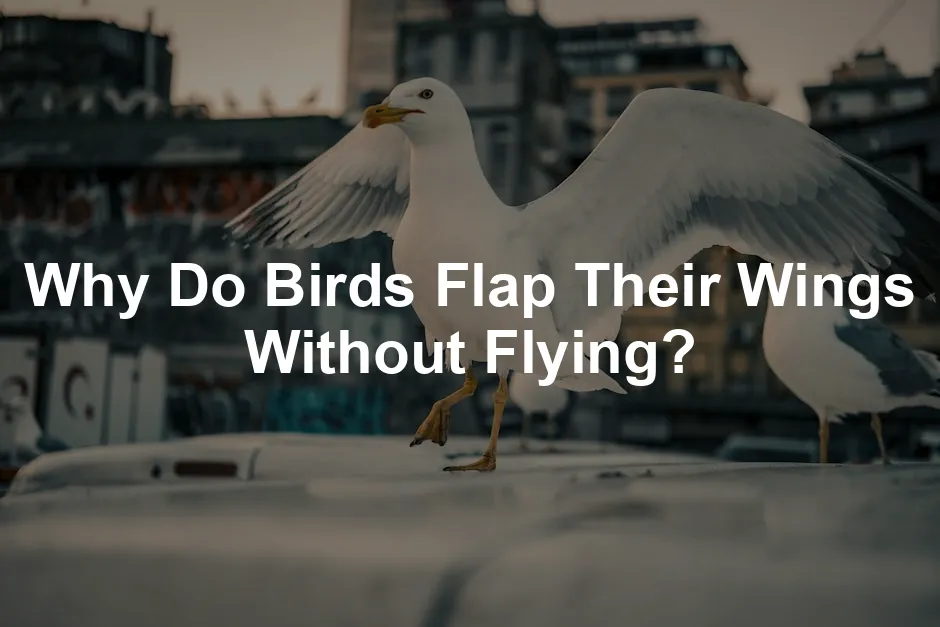
Why Do Birds Flap Their Wings Without Flying?
Introduction
Have you ever watched a bird flap its wings while perched? It’s a fascinating behavior! Birds can flap their wings without flying for several reasons. Understanding this can reveal insights into their health and social lives. Observing these actions helps us appreciate these creatures even more.
If you’re looking to enhance your birdwatching experience, consider investing in a pair of Bird Watching Binoculars. They allow you to observe these magnificent creatures up close, making every flap and flutter a spectacle to behold!
Summary and Overview
Birds flap their wings for various reasons, including exercise, communication, and environmental responses. This behavior plays a crucial role in their physical fitness and social dynamics. Regular flapping helps maintain muscle strength and coordination, especially in young birds. Socially, wing flapping can signal excitement or distress, enhancing group cohesion.
Understanding the importance of exercise in birds can provide insights into their health and fitness.
Context matters when interpreting this behavior. Different species exhibit unique flapping patterns based on their environment and social interactions. For example, a sparrow might flap to attract a mate, while a pigeon might do so to establish territory. This behavior is widespread across bird species, highlighting its evolutionary significance. Understanding these nuances enriches our knowledge of avian life and ecology.
For those who want to dive deeper into the world of birds, the National Geographic Field Guide to the Birds of North America is a must-have! It’s like having a birdwatching expert in your pocket, ready to help you identify your feathered friends in an instant.

The Mechanics of Wing Flapping
How Birds Generate Lift
Birds generate lift through the principles of aerodynamics. When they flap their wings, air flows over and under them. This creates a pressure difference: lower pressure above the wing and higher pressure underneath. The shape of the wings, known as an airfoil, plays a key role in this process.
Flapping motions produce both lift and thrust, allowing birds to ascend and move forward. Unlike gliding, which relies on passive airflow, flapping actively propels birds. The angle and motion of wings adjust continuously to optimize lift and minimize drag. Each wingbeat helps birds maneuver effectively, adapting to their surroundings.
Understanding these mechanics sheds light on how birds perform intricate aerial feats, from quick turns to soaring effortlessly through the sky.
Types of Wing Flapping
Birds exhibit various flapping styles, each serving unique purposes. Rapid flapping is often seen in hummingbirds, allowing them to hover and access nectar. This quick motion provides the energy needed for sustained flight in one spot.
In contrast, slow flapping is common among larger birds, like eagles. This method conserves energy during long-distance travel. Rhythmic patterns emerge during social interactions, such as courtship displays. Birds use these patterns to build strength and communicate with others in their flock.
Speaking of attracting those lovely hummingbirds, don’t forget to set up a Bird Feeder Station in your garden. It’s like a buffet for birds, and you’ll be the host of the most popular dining spot in the neighborhood!
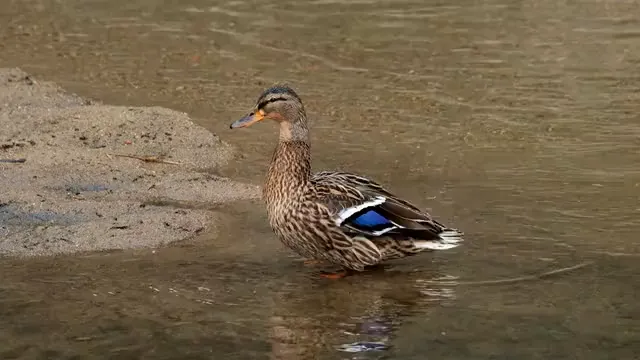
Reasons for Flapping Without Flying
Communication and Social Interaction
Birds flap their wings for many reasons, including communication. This behavior is essential for social interaction among birds. For instance, during courtship, males often flap their wings to attract females. This display showcases strength and vitality, making them more appealing.
Territorial behavior is another crucial aspect. Birds will flap their wings to signal dominance or to warn intruders. This form of communication can prevent physical confrontations. For example, a male sparrow may flap vigorously to defend his territory against rivals.
Wing flapping also serves as an expression of excitement or distress. When birds are excited, flapping can become rapid and intense. This behavior fosters connections within flocks, helping them coordinate and maintain group cohesion. Ultimately, wing flapping as a communication tool highlights the complexity of bird social behavior.
If you’re passionate about bird sounds, you might want to try an Audubon Bird Call. It’s a delightful way to mimic bird sounds and engage with your feathery friends in a fun, interactive way!
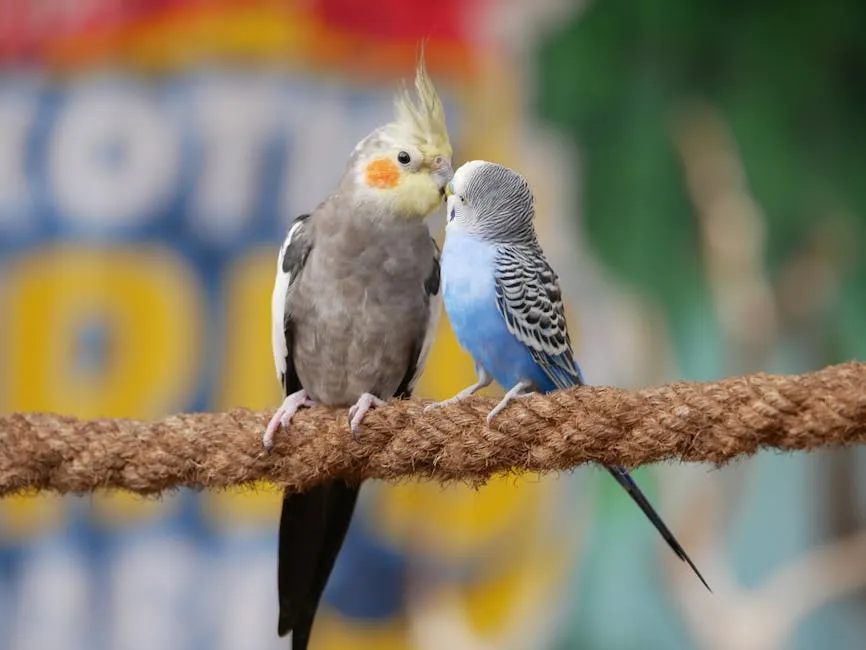
Exercise and Muscle Development
Flapping their wings also plays a vital role in fitness and muscle development, especially for young birds. For fledglings, flapping mimics the motions of flying and builds crucial strength. This exercise prepares them for eventual flight, enhancing their muscle coordination.
Young birds often engage in flapping to test their wings and improve balance. As they practice, they develop the endurance needed for sustained flying. Flapping helps them strengthen the muscles required for lifting off the ground.
Moreover, regular wing flapping contributes to overall avian fitness. By keeping their muscles active, birds maintain a healthy physique. This practice is essential, especially for species that rely heavily on flight for survival. In this way, wing flapping becomes a cornerstone of a bird’s development and health.
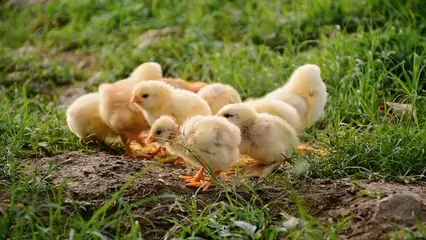
Environmental Responses
Birds often flap their wings in response to environmental conditions. For instance, when temperatures rise, flapping helps regulate body heat. By creating airflow, birds can cool themselves down effectively. This behavior is crucial for maintaining optimal body temperature, especially on hot days.
Flapping also serves as a defense mechanism against predators. When a bird senses danger, rapid wing flapping can create a distraction, allowing for a quick escape. This instinctive response enhances their chances of survival.
Moreover, flapping aids in balance and maneuverability. In complex environments, such as dense forests, birds rely on their wings for stability. Quick flaps can help them navigate tight spaces and avoid obstacles. This adaptability illustrates how flapping is not merely a prelude to flight but a vital part of their everyday interactions with the environment. Understanding these behaviors highlights the importance of wing flapping as an environmental adaptation for birds.
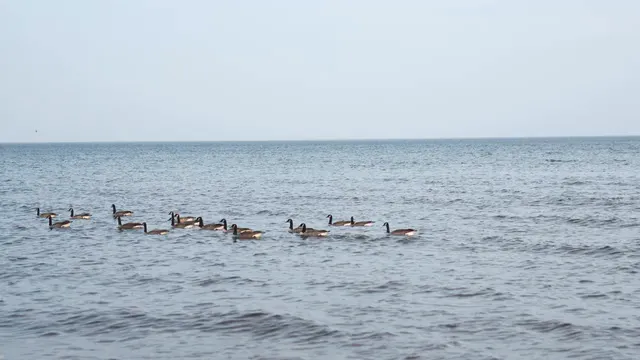
Specific Bird Examples
Species That Frequently Flap Without Flying
Several bird species are known for their unique flapping behaviors without taking off. Sparrows, for example, often flap their wings while perched. This action helps them communicate with others in their flock. Their energetic flapping can signal excitement or alert others to potential threats.
Finches exhibit similar behaviors. They flap their wings during feeding, showcasing their agility. This motion allows them to maintain balance while foraging on thin branches.
Pigeons, too, engage in frequent wing flapping. They often do this to impress potential mates during courtship displays. Their flapping can also serve as a territorial marker, signaling dominance to rivals.
Hummingbirds are fascinating examples as well. Although they are known for hovering, they often flap their wings rapidly while perched, maintaining muscle strength. Each of these species demonstrates how wing flapping serves essential functions beyond flight, enriching our understanding of avian behavior.
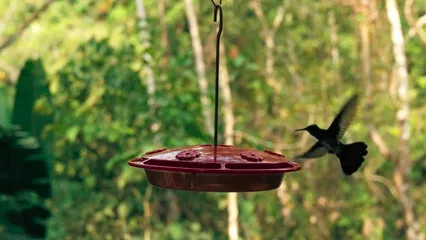
To attract more of these beautiful birds, consider using Bird Seed Variety Pack. It’s a surefire way to keep your garden bustling with life!
The Role of Young Birds
For fledgling birds, wing flapping is crucial. This behavior aids in developing the muscles needed for flight. Young birds practice flapping frequently while perched, mimicking the motions of flying. This repetition builds strength and coordination.
Flapping also helps fledglings learn balance and wing control. By practicing these movements, they prepare for their first flights. Observing the older birds in their flocks, young birds imitate various flapping styles. This mimicking reinforces learning and enhances their skills.
Moreover, flapping promotes social bonding among young birds. It helps them connect with their peers, strengthening flock dynamics. As they grow, these early behaviors play a vital role in their eventual transition to becoming proficient flyers. Understanding this development gives us insights into avian life stages and their growth patterns.
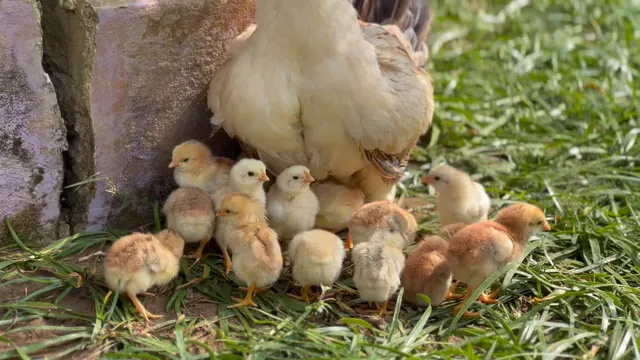
Health Indicators
Assessing Bird Health Through Wing Flapping
Wing flapping offers valuable insights into a bird’s health. Energetic flapping generally indicates good health and vitality. Healthy birds often flap their wings vigorously, showing strength and fitness. This behavior helps maintain muscle tone and cardiovascular health.
In contrast, weak or infrequent flapping may signal issues. Birds that flap less may be experiencing stress or illness. Changes in flapping intensity can indicate discomfort or fatigue. Stress factors, like environmental changes or threats, often manifest as erratic flapping patterns.
Regular wing flapping is essential for overall bird maintenance. It promotes circulation, muscle development, and feather care. Observing these behaviors can help bird enthusiasts assess their pets’ well-being, ensuring they remain healthy and active. By paying attention to wing flapping, we can better understand the physical condition of our feathered friends.
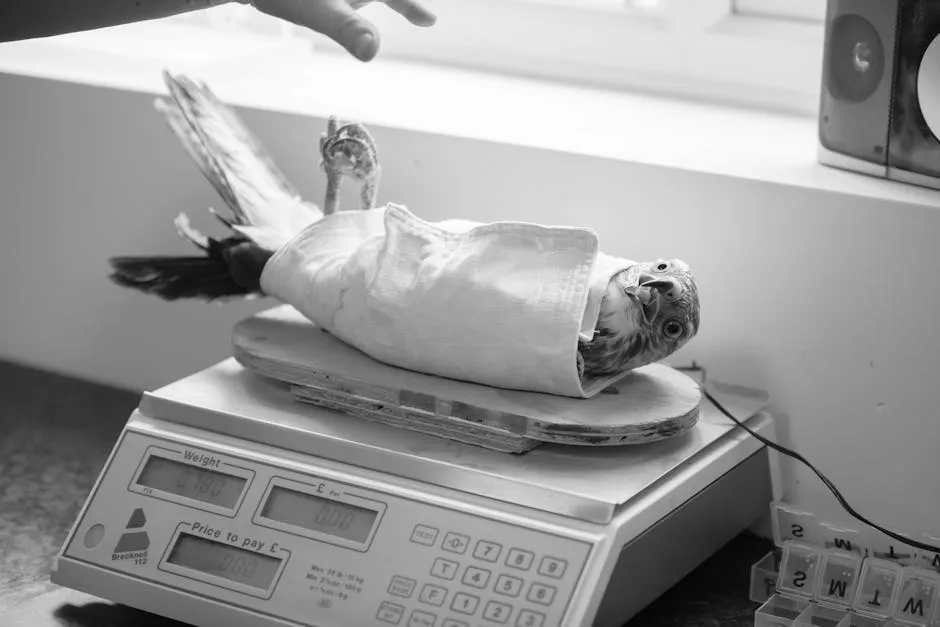
If you’re looking to create a nurturing environment for birds, consider adding a Bird Bath to your backyard. It’s a delightful way to ensure they have fresh water, especially during the hot summer months!
Conclusion
Birds flap their wings without flying for many reasons. This behavior aids in muscle development, communication, and environmental responses. Understanding these actions enhances our appreciation of avian life.
By observing birds, we can gain insights into their health and social dynamics. Next time you see a bird flapping its wings, take a moment to appreciate the complexity behind this fascinating behavior. Birds are remarkable creatures, and their actions reveal much about their lives and ecosystems.
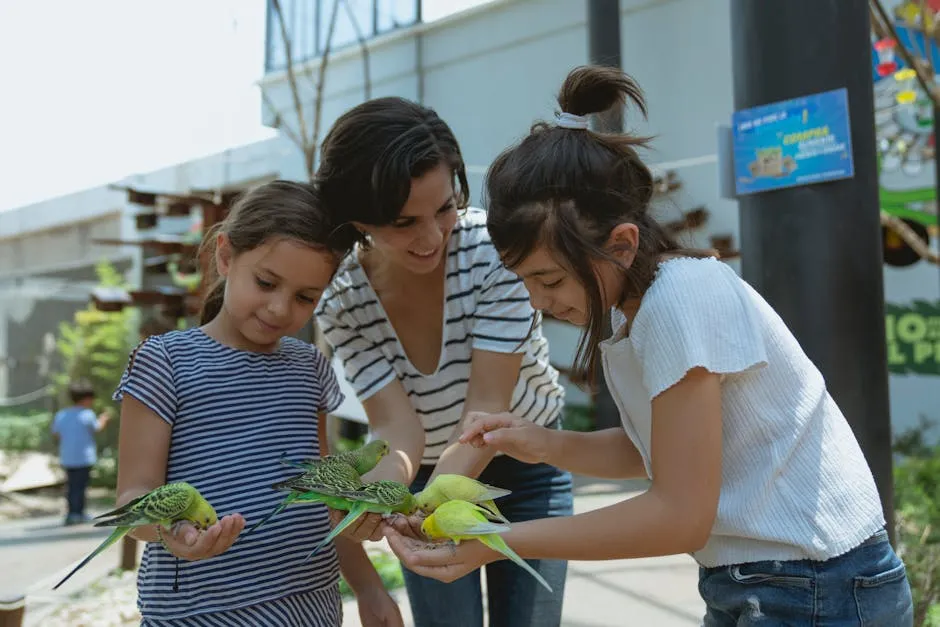
And if you’re looking for a fun way to unwind after a day of birdwatching, why not try a Bird-themed Puzzle? It’s a relaxing way to connect with your love for birds while challenging your mind!
Please let us know what you think about our content by leaving a comment down below!
Thank you for reading till here 🙂
All images from Pexels




